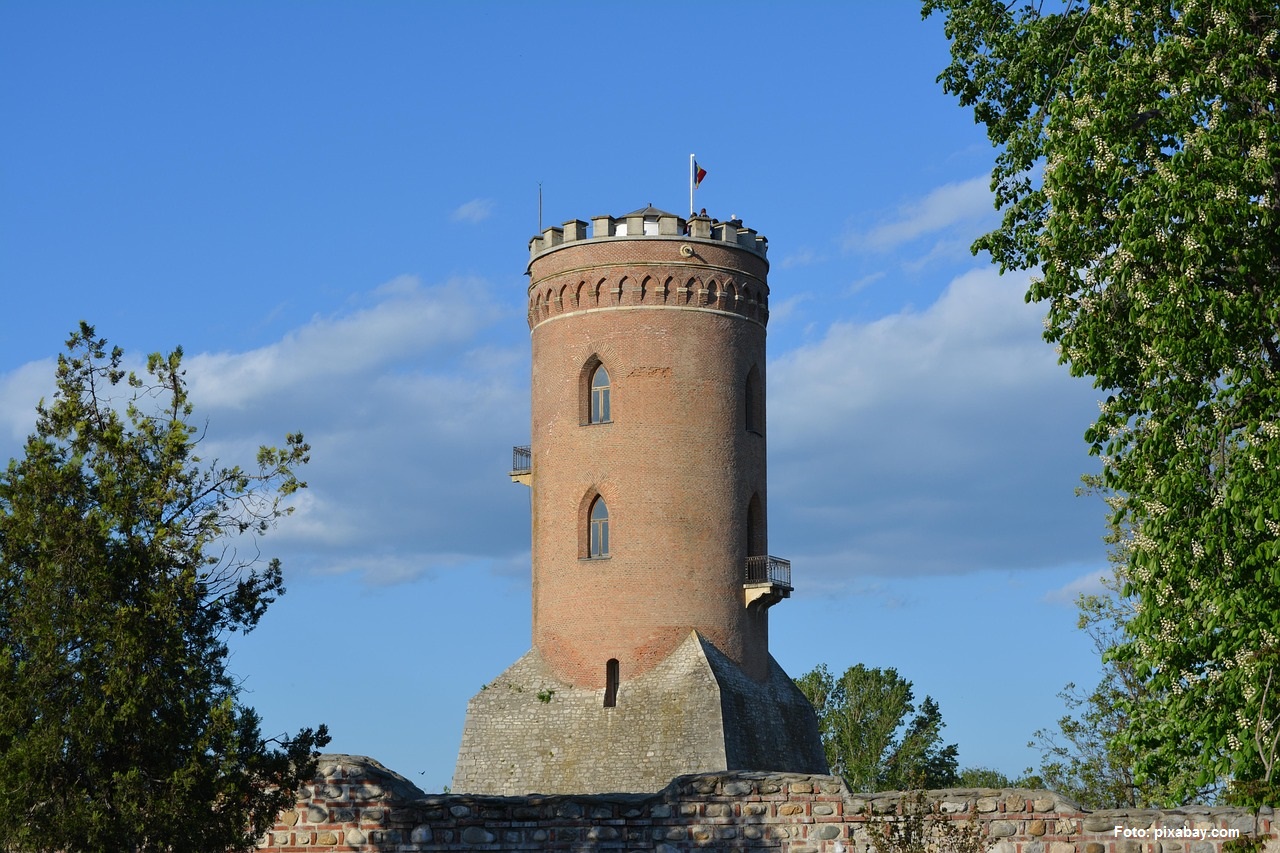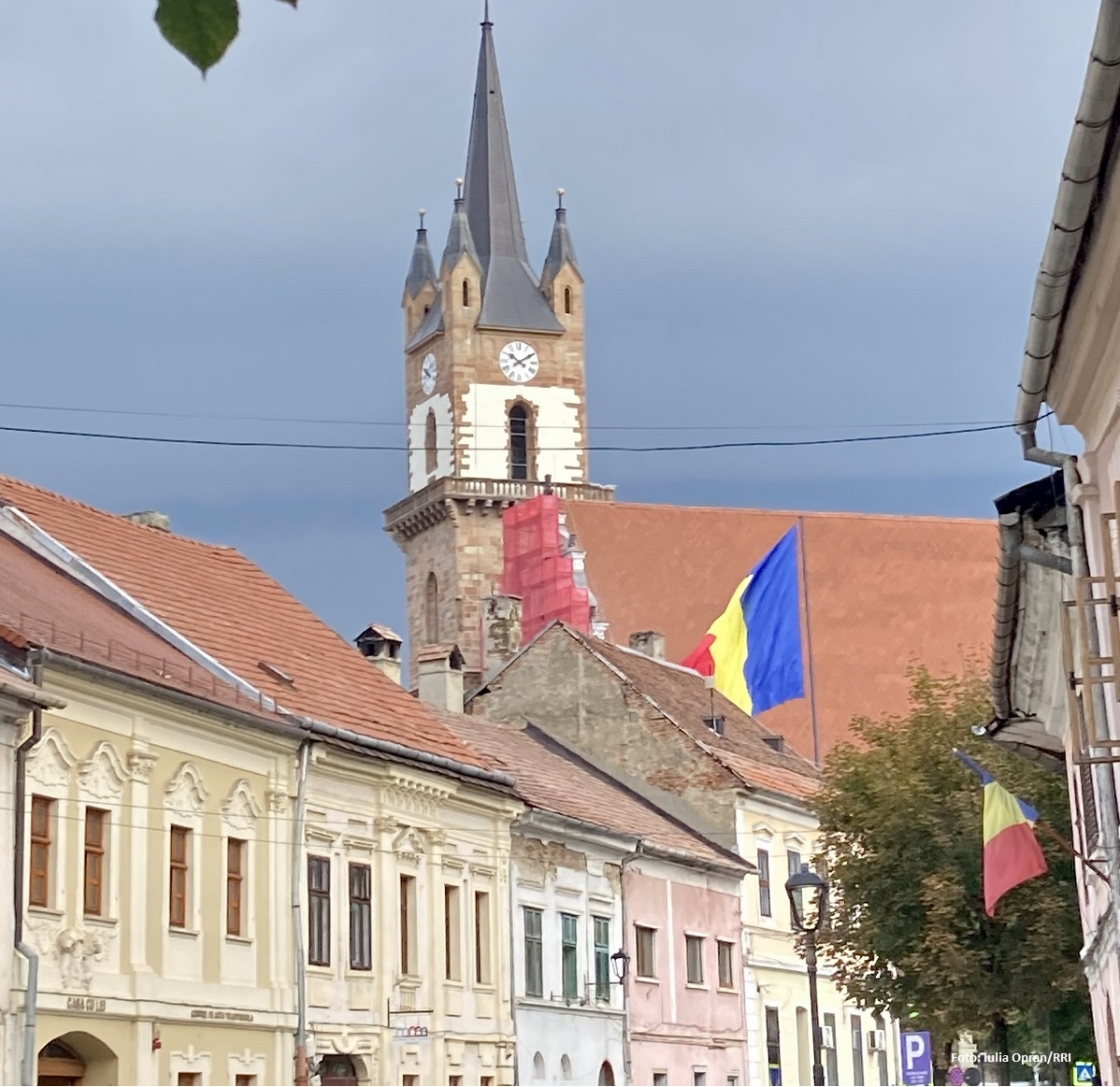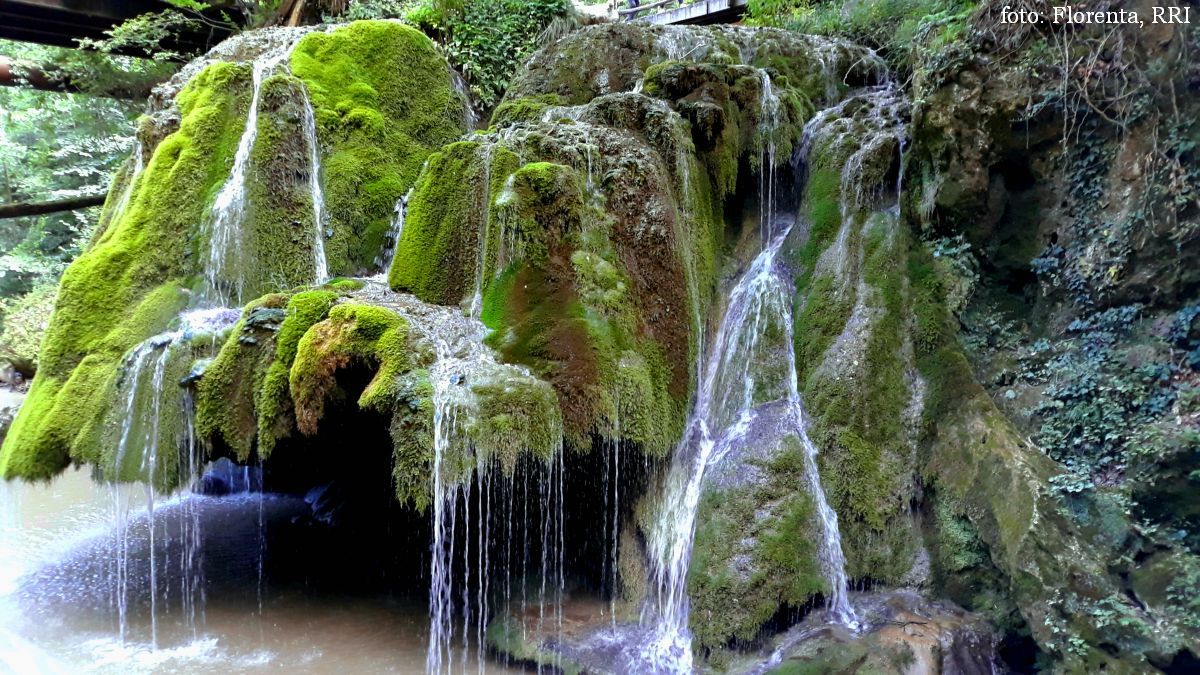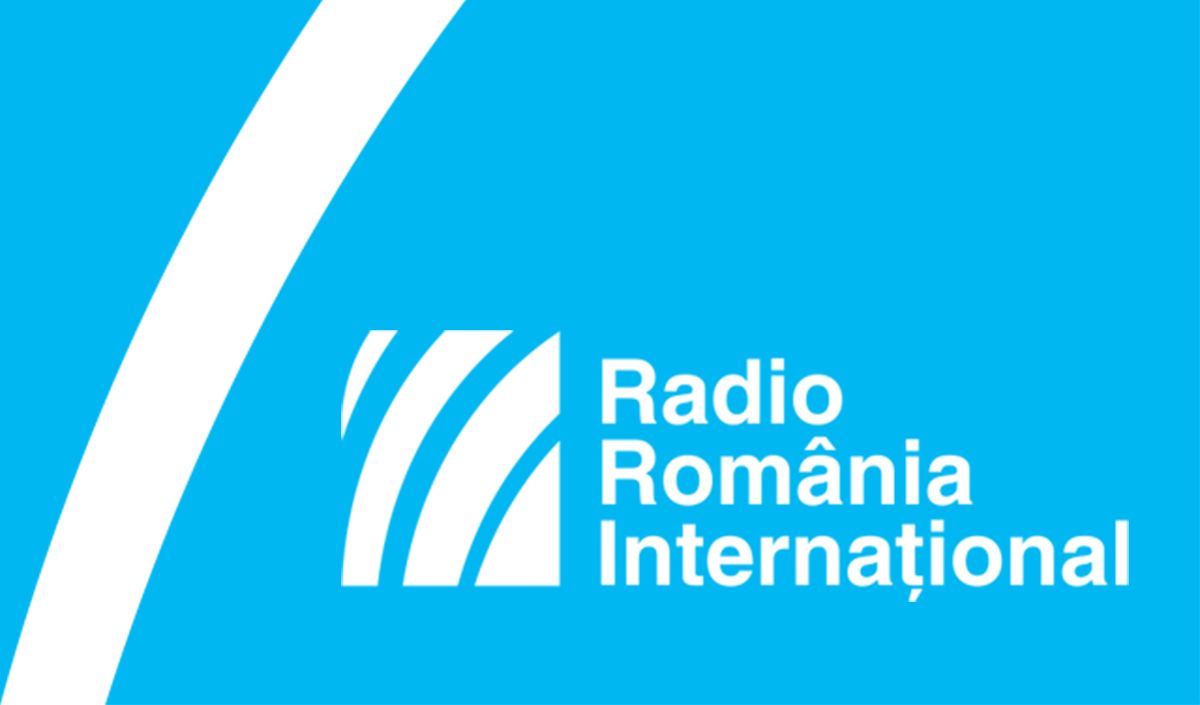The Gates of Transylvania Culture and Tourism Route
Daniel Onea, 18.04.2024, 13:46
The Gates of Transylvania cultural-tourism route has a length of 1141 km, and the more than 100 tourist sites with cultural value, included in this program, can be visited by road, over 16 days. It is a tourist product developed at the national level, on the initiative of the Brașov Ethnography Museum, the Rășinari City Hall from Sibiu County, and the Association for Intercommunity Development and Tourism from Bistrița Năsăud.
The cultural-tourist routes are an instrument through which the European Commission and the tourism ministries of the European Union countries try to create a framework for a unitary and harmonious development of tourism activities and the valorization of local, regional, national or international cultural heritage, in a coherent way. The Transylvanian Gates route was designed to offer authentic experiences, says Dr. Alexandru Stănescu, manager of the Brașov Ethnography Museum.
“It was not by chance that cities like Sibiu, Brașov and Bistrita were chosen, which, in fact, were gateways to the Principality of Transylvania, to the Kingdom of Hungary. They are gates through which the West met Eastern Europe and the Ottoman Empire at one point in time. The gates worked in both directions, i.e. they took goods, culture and oriental civilization towards the West and Central Europe, but they also allowed certain goods, objects, ideas, cultural influences from the West to pass over the Carpathians, into Romania and the Balkans. We thought that such a route would, on the one hand, be in line with the historical evolution of this area, and on the other hand, it would include some generous ideas, such as multiculturalism, the idea of tolerance and some unique cultural experiences in tourism. Since we are talking about three gates, one can start from any of them. You can start from Sibiu towards Brașov, through the Szekler area, to Bistrița. You can start from Brașov to Sibiu or Bistrița. Or you can start from Bistrita to the other areas.”
The Gates of Transylvania cultural-tourist route was conceived as a superlative of Romanian tourism in the mountain area and for the south and east of Transylvania, continues Dr. Alexandru Stănescu, manager of the Brașov Ethnography Museum.
“We have old Saxon and Romanian towns, medieval burghs, fortresses, castles, which are perhaps the most famous. For example, we have Sibiu, Brașov, Bistrița, then, if we talk about castles and fortresses, we have Bran and Cetatea Făgărașului. We have fortified Saxon churches in all three counties. We have a land of mansions, in the Szekler area. We have Orthodox monasteries, such as the monastery at Sâmbăta de Sus, which is special. Basically, it is a sum of destinations that are well known, special, and that offer almost all types of tourism. For example, cultural tourism involves visiting museums, such as the Făgăraş Citadel Museum, the Brașov Ethnography Museum, the History Museum, Bran Castle, the Râșnov Citadel, the Bistrița County Museum, the Museum of Border Guards in Năsăud. All these museums give a complete picture of multiculturalism, the character of the inhabitants of the area and the traditions.”
The trip on the Gates of Transylvania cultural-tourist route (Portile Transilvaniei) could start right from the Brașov Museum of Ethnography. It is a regional museum, which presents the life and cultural heritage of at least three communities in southeastern Transylvania: Romanians, Saxons and Hungarians.
“From another point of view, it also represents a special area. Medieval and modern Brasov played for the Principality of Transylvania, and for the Romanian Countries, the role that, perhaps, Venice played for a good part of Italy. It was a gateway for the Orient to the European area, to the Christian area. It is a place that even today attracts with its special architecture and special landscapes. The traditional garb in this area is very well preserved, and has a high degree of authenticity among Romanians, Hungarians and Saxons alike. In the museum, we have presented the costumes of the Juni from Șcheii Brașovului and Brașovul Vechi, we have elements of additional wear and whole costumes of the Saxons, we have artifacts, we have installations that somehow show the inventiveness and the level of prosperity that this community has had since the Middle Ages. People would have some unforgettable experiences, they would see a museum that reflects an ever-modern and ever-prosperous community.”
The second stop on the Gates of Transylvania cultural-tourist route, proposed by Dr. Alexandru Stănescu, manager of the Brașov Museum of Ethnography, is the village of Rășinari. Due to the way in which local traditions are preserved with sanctity, but also its incredible beauty, Rășinari has officially received the title “Best Tourism Village”, awarded by the World Tourism Organization.
“We have an extraordinary pastoral tradition, very beautiful Orthodox churches, an old icon painting center and a museum to match. Here, tourists can stay in agro-tourism guesthouses in the area, where they would have to deal with a different type of tourism, they could breathe the clean air of the area, and taste the special culinary preparations made from sheep’s milk. We mean cheeses, but also meat dishes, especially mutton. About 10-12 years ago, at the level of the European Commission, the village of Rășinari was declared an EDEN destination for gastronomic culture. Tourists will have a special gastronomic experience in this area. They will see an extraordinarily beautiful Romanian village, with old, rustic houses, with high, wooden gates, and they will be able to taste extremely well-cooked and tasty dishes.”
On the other hand, Bistrita, one of the gateways to Transylvania, boasts a new museum: the Teleki Mansion, in the village of Teaca. It is one of the newest objectives of this kind in the area.
“The area is famous because it is also very close to Lechința, a commune known for its wines. In the area, there are seven associations of winegrowers, where you can taste one of the best wines in the Transylvania area. Through this Teleki Castle, from Teaca, which is the section of the Bistrita-Năsăud County Museum, ends a kind of tour of the mansions, which starts in the Făgăraş area with the Brâncoveanu Mansion, continues with the mansions of the Szeklers, and ends with this absolutely fabulous mansion, surrounded by a large orchard.”
The Transylvanian Gates route is one of the first certified cultural-tourist routes in Romania. Detailed information about all the objectives and destinations can be found at the tourist information points in Bistrița, Sibiu and Brașov, but also in all the museums in this area.






























